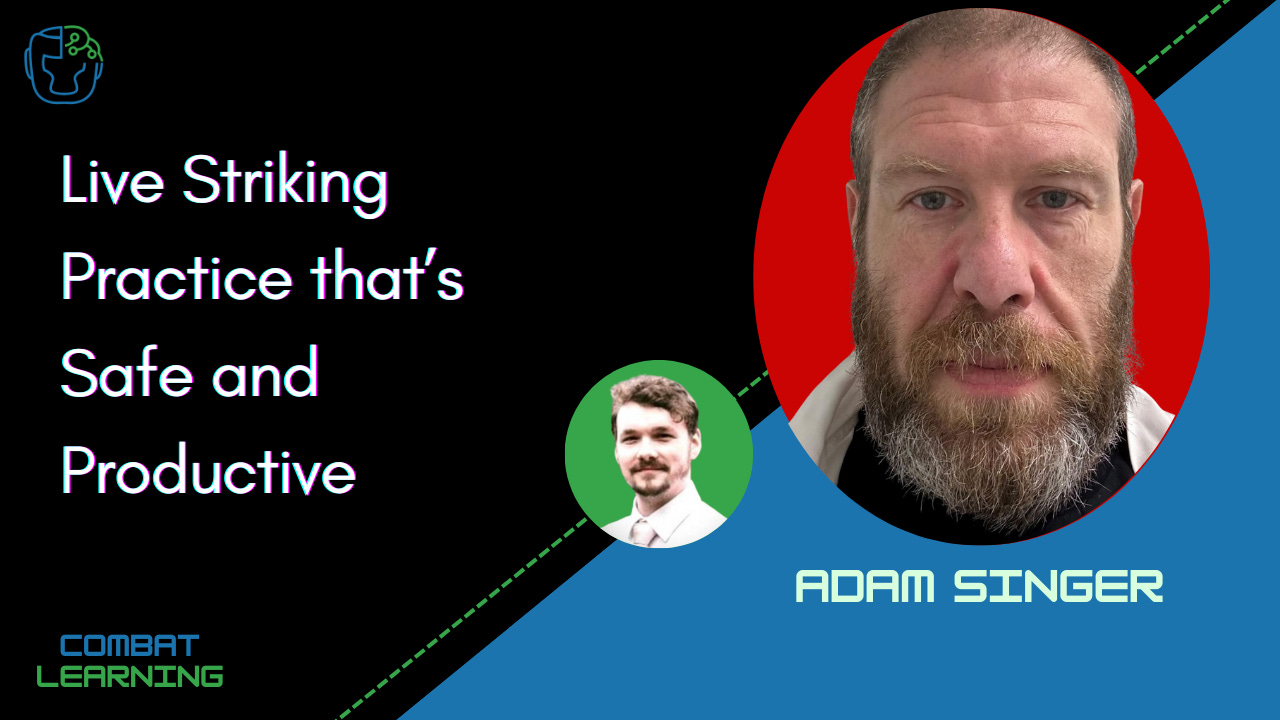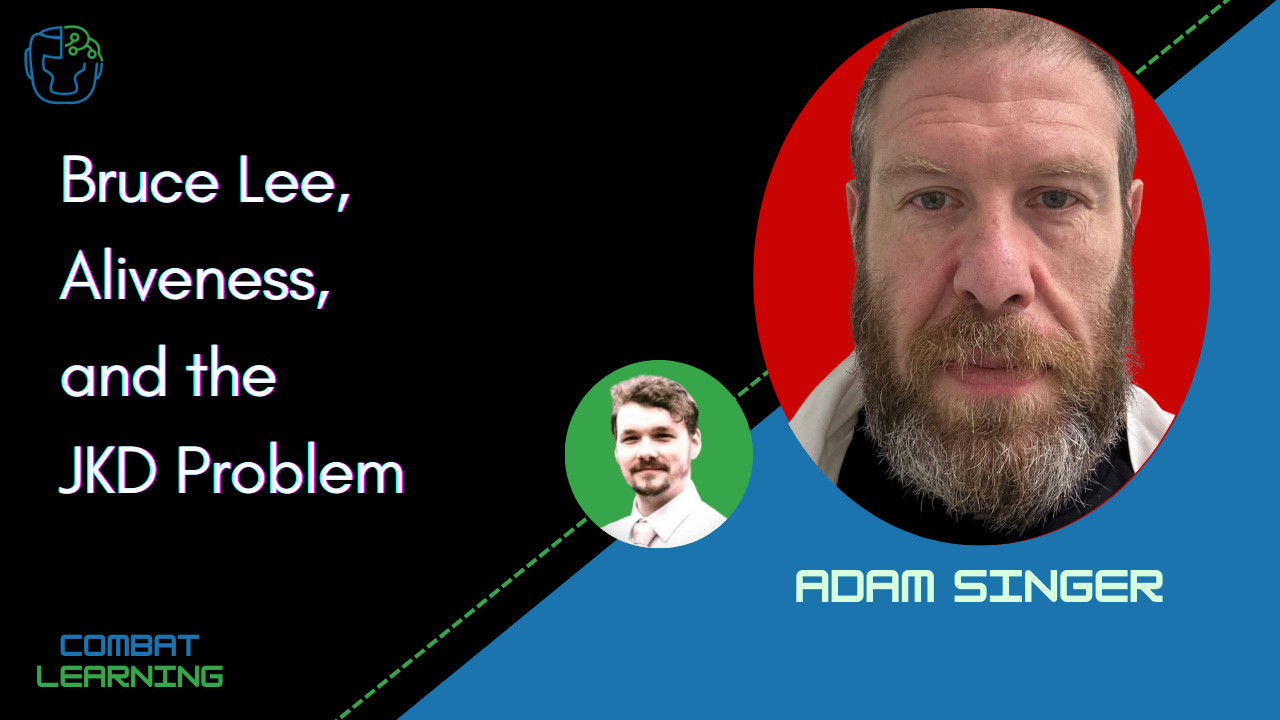Discover Teaching Martial Arts by Combat Learning
Teaching Martial Arts by Combat Learning

Teaching Martial Arts by Combat Learning
Author: Josh Peacock
Subscribed: 51Played: 1,763Subscribe
Share
© Joshua Peacock
Description
Teach martial arts radically better using the ecological dynamics and constraints-led approach to training. Explore the little-known frontiers of skill adaptation, perceptual-motor learning, and performance science for combat sports such as jiu jitsu, taekwondo, kickboxing, karate, muay thai, and more.
www.combatlearning.com
www.combatlearning.com
73 Episodes
Reverse
Bring your CLA coaching and ecological dynamics knowledge to the next level and upgrade to the premium combat learning newsletter.It’s the best way to support the show, and you’ll get access to exclusive articles and recordings on how to practically apply the science of skill acquisition to martial arts training.Right now, I’m taking Rob Gray’s How We Learn to Move and applying it to martial arts practice design, chapter by chapter.Other premium articles include:- How to Manipulate Constraints to Build Deep Skill- How the Fundamentals Emerge on their Own- Representative Learning Design for Martial Arts TrainingAll that and more is available to you when you upgrade to the premium combat learning subscription. It’s less than an open mat drop in fee per month!Thanks for listening. Before you go, can you do me a big favor? Positive reviews help the show get more listens. If you got value from this episode, please leave us a review on Apple Podcasts or Spotify.See you on the next episode!This episode was produced by Micah Peacock, including the intro and outro music. This is a public episode. If you'd like to discuss this with other subscribers or get access to bonus episodes, visit www.combatlearning.com/subscribe
You could always use more variability. We discuss game selection variety, injury prevention, differential learning, and aliveness.Other topics covered:* The value of some information processing concepts* Performance vs learning, instruction as a constraint, and how to measure learning* Did the research you’re using include representative design?* The limits of representative learning design instruments* The importance of taxonomies and classification systems* How do decide density of drilling vs live work anyway?Bring your CLA coaching and ecological dynamics knowledge to the next level and upgrade to the premium combat learning newsletter.It's the best way to support the show, and you'll get access to exclusive articles and recordings on how to practically apply the science of skill acquisition to martial arts training.Right now, I'm taking Rob Gray's How We Learn to Move and applying it to martial arts practice design, chapter by chapter.Other premium articles include:- How to Manipulate Constraints to Build Deep Skill- How the Fundamentals Emerge on their Own- Representative Learning Design for Martial Arts TrainingAll that and more is available to you when you upgrade to the premium combat learning subscription. It's less than an open mat drop in fee per month!Thanks for listening. Before you go, can you do me a big favor? Positive reviews help the show get more listens. If you got value from this episode, please leave us a review on Apple Podcasts or Spotify.See you on the next episode!This episode was produced by Micah Peacock, including the intro and outro music. This is a public episode. If you'd like to discuss this with other subscribers or get access to bonus episodes, visit www.combatlearning.com/subscribe
It’s not a mystery at all why so many people quit jiu jitsu and martial arts generally, and coach Andre and I dissect why.Other subjects covered:* Praise the process, not the outcome (fostering intrinsic motivation)* Warmups* Athletic skillsBring your CLA coaching and ecological dynamics knowledge to the next level and upgrade to the premium combat learning newsletter.It's the best way to support the show, and you'll get access to exclusive articles and recordings on how to practically apply the science of skill acquisition to martial arts training.Right now, I'm taking Rob Gray's How We Learn to Move and applying it to martial arts practice design, chapter by chapter.Other premium articles include:- How to Manipulate Constraints to Build Deep Skill- How the Fundamentals Emerge on their Own- Representative Learning Design for Martial Arts TrainingAll that and more is available to you when you upgrade to the premium combat learning subscription. It's less than an open mat drop in fee per month!Thanks for listening. Before you go, can you do me a big favor? Positive reviews help the show get more listens. If you got value from this episode, please leave us a review on Apple Podcasts or Spotify.See you on the next episode!This episode was produced by Micah Peacock, including the intro and outro music. This is a public episode. If you'd like to discuss this with other subscribers or get access to bonus episodes, visit www.combatlearning.com/subscribe
I didn’t watch the debate, but I know it sucked.What I found in the comments is embarrassing.Snort.A study lol.Why would scientists call a neurological phenomenon “muscle memory?” Doesn’t even pass the smell test.The article states that muscle memory is making muscles remember movements, but then Zahabi says it’s neurological. Sloppy, sophomoric, embarrassing, does not even merit reply, frankly.EDIT:I just noticed he calls it “muscle memory/motor learning”—this is idiotic at best and dishonest at worst. Of course motor learning is a empirical phenomenon; every conceivable theoretical camp in motor learning believes their own discipline of study exists.Greg is arguing for a view of motor learning. Why would he be arguing motor learning doesn’t exist? You can’t use the two interchangeably.Muscle memory is not motor learning. It doesn’t define motor learning, and it’s not a position inside motor learning except to people who have no idea what they’re talking about. This is a public episode. If you'd like to discuss this with other subscribers or get access to bonus episodes, visit www.combatlearning.com/subscribe
Interested in eco/CLA but stuck in a traditional school?Or maybe you’re frustrated with your progress, want to try something new, but are stuck inside a learning environment you don’t control.Either way, you still have some options. Of course, it’s optimal to run your own club or gym, but you can take ownership of your own learning journey and get started with CLA even if you don’t.Here’s the 5 best options I know.Bring your CLA coaching and ecological dynamics knowledge to the next level and upgrade to the premium combat learning newsletter.It's the best way to support the show, and you'll get access to exclusive articles and recordings on how to practically apply the science of skill acquisition to martial arts training.Right now, I'm taking Rob Gray's How We Learn to Move and applying it to martial arts practice design, chapter by chapter.Other premium articles include:- How to Manipulate Constraints to Build Deep Skill- How the Fundamentals Emerge on their Own- Representative Learning Design for Martial Arts TrainingAll that and more is available to you when you upgrade to the premium combat learning subscription. It's less than an open mat drop in fee per month!Thanks for listening. Before you go, can you do me a big favor? Positive reviews help the show get more listens. If you got value from this episode, please leave us a review on Apple Podcasts or Spotify.See you on the next episode!This episode was produced by Micah Peacock, including the intro and outro music.FCAI1wOo5LzyZQrx7W5z This is a public episode. If you'd like to discuss this with other subscribers or get access to bonus episodes, visit www.combatlearning.com/subscribe
My friend Daniel Marino made a critical observation about the karate community:“It’s about looking good, not learning how to fight.”Now, if you’re a part of the so-called “practical karate” or “practical bunkai” movement, you might think that you are exempt from this statement…but you’re not.Dan wasn’t just talking about the most traditional of the traditionalists. He was talking about the practical karate people, too.I haven’t addressed it specifically yet, but I have touched on the practical karate and taekwondo crowd from time to time…This is an audio essay version of an article I wrote last year:Bring your CLA coaching and ecological dynamics knowledge to the next level and upgrade to the premium combat learning newsletter.It's the best way to support the show, and you'll get access to exclusive articles and recordings on how to practically apply the science of skill acquisition to martial arts training.Right now, I'm taking Rob Gray's How We Learn to Move and applying it to martial arts practice design, chapter by chapter.Other premium articles include:- How to Manipulate Constraints to Build Deep Skill- How the Fundamentals Emerge on their Own- and Representative Learning Design for Martial Arts TrainingAll that and more is available to you when you upgrade to the premium combat learning subscription. It's less than an open mat drop in fee per month.Thanks for listening. Before you go, can you do me a big favor? Positive reviews help the show get more listens. If you got value from this episode, please leave us a review on Apple Podcasts or Spotify.See you on the next episode!This episode was produced by Micah Peacock, including the intro and outro music. This is a public episode. If you'd like to discuss this with other subscribers or get access to bonus episodes, visit www.combatlearning.com/subscribe
This is a free preview of a paid episode. To hear more, visit www.combatlearning.comToday I analyze a jiu jitsu seminar conducted by David Ooi in Singapore. In the process, a lot of good little nuances surface that I don’t often get to talk about in other places.Other Paid Articles You Don’t Want to Miss…
Positional sparring is consistent with the constraints-led approach (CLA) to coaching—and by extension, scalable live training (SLT)—but positional sparring tends to have a less flexible scope of practice.So whereas all positional sparring can be CLA, the CLA is not simply positional sparring: it can be much more or much less, depending on the necessary scale.Bring your CLA coaching and ecological dynamics knowledge to the next level and upgrade to the premium combat learning newsletter.It's the best way to support the show, and you'll get access to exclusive articles and recordings on how to practically apply the science of skill acquisition to martial arts training.Right now, I'm taking Rob Gray's How We Learn to Move and applying it to martial arts practice design, chapter by chapter.Other premium articles include:- How to Manipulate Constraints to Build Deep Skill- How the Fundamentals Emerge on their Own- and Representative Learning Design for Martial Arts TrainingAll that and more is available to you when you upgrade to the premium combat learning subscription. It's less than an open mat drop in fee per month.Thanks for listening. Before you go, can you do me a big favor? Positive reviews help the show get more listens. If you got value from this episode, please leave us a review on Apple Podcasts or Spotify.See you on the next episode!This episode was produced by Micah Peacock, including the intro and outro music. This is a public episode. If you'd like to discuss this with other subscribers or get access to bonus episodes, visit www.combatlearning.com/subscribe
This is a free preview of a paid episode. To hear more, visit www.combatlearning.comToday I’m reviewing a video by YouTuber Josh Beam BJJ, with Craig Hutchison from Carpe Diem Brazilian Jiu-Jitsu helping him assess and develop a passing game. This episode explores the vital considerations we need to make about how we manipulate constraints, if smaller is actually better, and what information we’re losing when we scale down too much or …
Today, I review and criticize (in good humor) some videos I found on YouTube. I’m analyzing the utility of several drills and games related to developing lead leg kicking tactics in taekwondo, a.k.a. cut kick and cancelling. Relevant to kickboxing and beyond.But I’d like my awesome followers to get involved, too!* Found an interesting training video you’d like me to assess?* Have a video of you or your students’ training you’d like me to critique?Email them to me or message me through Substack or Instagram. Give me some context or let me know what the purpose is so I can give the best assessment.Next video is grappling stuff, promise.Going forward, most of these will behind a paywall, so upgrade now! This is a public episode. If you'd like to discuss this with other subscribers or get access to bonus episodes, visit www.combatlearning.com/subscribe
Major ecological researcher, Dr. Duarte Araujo, joins us on combat learning to discuss all things ecological cognition and sport psychology.Other topics include…* Knowledge of vs knowledge about* Technique vs task space* Repetition without repetition* Affordances* Decision-making and sport expertise* Representative learning designDr. Araujo is professor of Psychology and Motor Behavior at the University of Lisbon, Head of the CIPER institute for sport performance, and one of the oldest associates of Keith Davids, who first synthesized ecological dynamics as a theory.Want to upgrade your coaching or training?Bring your CLA coaching and ecological dynamics knowledge to the next level and upgrade to the premium combat learning newsletter.It's the best way to support the show, and you'll get access to exclusive articles and recordings on how to practically apply the science of skill acquisition to martial arts training.Right now, I'm taking Rob Gray's How We Learn to Move and applying it to martial arts practice design, chapter by chapter.Other premium articles include:- How to Manipulate Constraints to Build Deep Skill- How the Fundamentals Emerge on their Own- and Representative Learning Design for Martial Arts TrainingAll that and more is available to you when you upgrade to the premium combat learning subscription. It's less than an open mat drop in fee per month.Thanks for listening. Before you go, can you do me a big favor? Positive reviews help the show get more listens. If you got value from this episode, please leave us a review on Apple Podcasts or Spotify.See you on the next episode!This episode was produced by Micah Peacock, including the intro and outro music. This is a public episode. If you'd like to discuss this with other subscribers or get access to bonus episodes, visit www.combatlearning.com/subscribe
Everyone agrees that the fundamentals are the essence of martial arts skill, but nobody can agree on what they are exactly.In this article, I outline and briefly comment on five different conceptions of martial arts fundamentals.* Fundamentals as Basic Techniques* Fundamentals as Principles of Play* Fundamentals as Basics + Principles* Fundamentals within Functional Movement Skills* as Regulatory Conditions* as Necessary Strategic AttributesOverall, I want to document the landscape on fundamentals so we can have clearer, more productive discussions about it.Want to upgrade your coaching or training?Bring your CLA coaching and ecological dynamics knowledge to the next level and upgrade to the premium combat learning newsletter.It's the best way to support the show, and you'll get access to exclusive articles and recordings on how to practically apply the science of skill acquisition to martial arts training.Right now, I'm taking Rob Gray's How We Learn to Move and applying it to martial arts practice design, chapter by chapter.Other premium articles include:- How to Manipulate Constraints to Build Deep Skill- How the Fundamentals Emerge on their Own- and Representative Learning Design for Martial Arts TrainingAll that and more is available to you when you upgrade to the premium combat learning subscription. It's less than an open mat drop in fee per month.Thanks for listening. Before you go, can you do me a big favor? Positive reviews help the show get more listens. If you got value from this episode, please leave us a review on Apple Podcasts or Spotify.See you on the next episode!This episode was produced by Micah Peacock, including the intro and outro music. This is a public episode. If you'd like to discuss this with other subscribers or get access to bonus episodes, visit www.combatlearning.com/subscribe
Information processing and ecological dynamics are both theories of perception and learning. They explain your relationship to the environment and how that affects your internal states and vice versa. As such, they inform training methodologies, but they are not methodologies in themselves.Or, put another way, they have clear implications for how you should train, but as theories of perception and learning, they do not constitute organized systems of how to do training.To bridge the gap between theory and practice, developing literature-based methodologies is necessary.Want to upgrade your coaching or training?Bring your CLA coaching and ecological dynamics knowledge to the next level and upgrade to the premium combat learning newsletter. It's the best way to support the show, and you'll get access to exclusive articles and recordings on how to practically apply the science of skill acquisition to martial arts training.Right now, I'm taking Rob Gray's How We Learn to Move and applying it to martial arts practice design, chapter by chapter.Other premium articles include:- How to Manipulate Constraints to Build Deep Skill- How the Fundamentals Emerge on their Own- and Representative Learning Design for Martial Arts TrainingAll that and more is available to you when you upgrade to the premium combat learning subscription. It's less than an open mat drop in fee per month.Thanks for listening. Before you go, can you do me a big favor? Positive reviews help the show get more listens. If you got value from this episode, please leave us a review on Apple Podcasts or Spotify.See you on the next episode!This episode was produced by Micah Peacock, including the intro and outro music. This is a public episode. If you'd like to discuss this with other subscribers or get access to bonus episodes, visit www.combatlearning.com/subscribe
MMA coach and ecological approach to martial arts pioneer, Scott Sievewright, returns to Combat Learning to discuss his newly published academic paper on ecological dynamics for MMA and his evolving conception of martial arts ideas such as “the fundamentals.”We also talk about problems of practice in the constraints-led approach, especially how difficult it is to scale proper constraints-led coaching to a growing mat.On top of that, there’s lots of talk of little tactics that have been working for Primal MMA on coaching striking in a safe but representative manner.If you aren’t already familiar with Scott, be sure to check out the Primal MMA Coaching podcast.Visit https://www.combatlearning.com/ to join our free email list and get a bunch of goodies. Want to upgrade your coaching or training?Bring your CLA coaching and ecological dynamics knowledge to the next level and upgrade to the premium combat learning newsletter. It's the best way to support the show, and you'll get access to exclusive articles and recordings on how to practically apply the science of skill acquisition to martial arts training.Right now, I'm taking Rob Gray's How We Learn to Move and applying it to martial arts practice design, chapter by chapter.Other premium articles include:- How to Manipulate Constraints to Build Deep Skill- How the Fundamentals Emerge on their Own- and Representative Learning Design for Martial Arts TrainingAll that and more is available to you when you upgrade to the premium combat learning subscription. It's less than an open mat drop in fee per month.Thanks for listening. Before you go, can you do me a big favor? Positive reviews help the show get more listens. If you got value from this episode, please leave us a review on Apple Podcasts or Spotify.See you on the next episode!This episode was produced by Micah Peacock, including the intro and outro music. This is a public episode. If you'd like to discuss this with other subscribers or get access to bonus episodes, visit www.combatlearning.com/subscribe
The first combat learning live Q&A! We discuss…* How you don’t have to intervene during training and you don’t have to generate feedback for students if it’s not necessary.* The power of external instructions, especially with young children acquiring movement skills.* CLA for coaching poomsae and kata.* Overcorrecting and junk coaching.…and more!I’m going to do more live Q&A sessions. If you have a question you want answered, comment here, on Instagram, send messages on either platform, or in the Substack chat. I’ll address them on the next Q&A.See you there!Want to upgrade your coaching?Bring your CLA coaching and ecological dynamics knowledge to the next level and upgrade to the premium combat learning newsletter. It's the best way to support the show, and you'll get access to exclusive articles and recordings on how to practically apply the science of skill acquisition to martial arts training.Right now, I'm taking Rob Gray's How We Learn to Move and applying it to martial arts practice design, chapter by chapter.Other premium articles include:- How to Manipulate Constraints to Build Deep Skill- How the Fundamentals Emerge on their Own- and Representative Learning Design for Martial Arts TrainingAll that and more is available to you when you upgrade to the premium combat learning subscription. It's less than an open mat drop in fee per month.Seriously, in four years of publicly promoting and teaching this stuff, this is by far my best work.Thanks for listening. Before you go, can you do me a big favor? Positive reviews help the show get more listens. If you got value from this episode, please leave us a review on Apple Podcasts or Spotify.See you on the next episode!This episode was produced by Micah Peacock, including the intro and outro music. This is a public episode. If you'd like to discuss this with other subscribers or get access to bonus episodes, visit www.combatlearning.com/subscribe
This is an audio version of a previous combat learning article, Tao of Aliveness.Bruce Lee superfans have to pretend about his fighting prowess because, to them, that’s what makes him legendary. It bolsters the legitimacy and mystique of his jeet kune do system. Jeet kune do, as Lee taught it, is the chief artifact of his legacy in the eyes of martial artists who can only see formal systems and styles.The philosophy stuff is cool to them, sure, but their social conditioning prevents them from appreciating just how legendary this aspect of his legacy truly is.Among all his ideas, one would come to influence real martial arts practice in a massive way: aliveness.Want to upgrade your coaching?Bring your CLA coaching and ecological dynamics knowledge to the next level and upgrade to the premium combat learning newsletter. It's the best way to support the show, and you'll get access to exclusive articles and recordings on how to practically apply the science of skill acquisition to martial arts training.Right now, I'm taking Rob Gray's How We Learn to Move and applying it to martial arts practice design, chapter by chapter.Other premium articles include:- How to Manipulate Constraints to Build Deep Skill- How the Fundamentals Emerge on their Own- and Representative Learning Design for Martial Arts TrainingAll that and more is available to you when you upgrade to the premium combat learning subscription. It's less than an open mat drop in fee per month.Seriously, in four years of publicly promoting and teaching this stuff, this is by far my best work.Thanks for listening. Before you go, can you do me a big favor? Positive reviews help the show get more listens. If you got value from this episode, please leave us a review on Apple Podcasts or Spotify.See you on the next episode!This episode was produced by Micah Peacock, including the intro and outro music. This is a public episode. If you'd like to discuss this with other subscribers or get access to bonus episodes, visit www.combatlearning.com/subscribe
DPT, licensed physical therapist, CSCS, and fellow martial artist Patrick Jacobs joins me to unpack rehabilitation and injury prevention for martial artists from a constraints-led approach to PT practice.Want to upgrade your coaching?Bring your CLA coaching and ecological dynamics knowledge to the next level and upgrade to the premium combat learning newsletter. It's the best way to support the show, and you'll get access to exclusive articles and recordings on how to practically apply the science of skill acquisition to martial arts training.Right now, I'm taking Rob Gray's How We Learn to Move and applying it to martial arts practice design, chapter by chapter.Other premium articles include:- How to Manipulate Constraints to Build Deep Skill- How the Fundamentals Emerge on their Own- and Representative Learning Design for Martial Arts TrainingAll that and more is available to you when you upgrade to the premium combat learning subscription. It's less than an open mat drop in fee per month.Seriously, in four years of publicly promoting and teaching this stuff, this is by far my best work.Where to find Patrick Jacobs…YouTube: https://www.youtube.com/@combatathletephysioInstagram: https://www.instagram.com/combat_athlete_physio/Thanks for listening. Before you go, can you do me a big favor? Positive reviews help the show get more listens. If you got value from this episode, please leave us a review on Apple Podcasts or Spotify.See you on the next episode!This episode was produced by Micah Peacock, including the intro and outro music. This is a public episode. If you'd like to discuss this with other subscribers or get access to bonus episodes, visit www.combatlearning.com/subscribe
The original There is No Perfect Technique article can be found here.It’s the air we breathe from our first day of school to our last day in the workforce and beyond…Repetition, repetition, repetition. Practice makes perfect. Perfect practice makes better.Everywhere we’re washed over with some form of messaging about how to learn that involves drudgery and drilling. But that repetition is not just to get it “into muscle memory.” The repetition is important because you need to get it right.…but is this really true?I tackle this universally pervasive concept on today’s episode.Want to upgrade your coaching?If you want to bring your CLA coaching and ecological dynamics knowledge to the next level, upgrade to the premium combat learning newsletter. It's the best way to support the show, and you'll get access to exclusive articles and recordings on how to practically apply the science of skill acquisition to martial arts training.Right now, I'm taking Rob Gray's How We Learn to Move and applying it to martial arts practice design, chapter by chapter.Other premium articles include:- How to Manipulate Constraints to Build Deep Skill- How the Fundamentals Emerge on their Own- and Representative Learning Design for Martial Arts TrainingAll that and more is available to you when you upgrade to the premium combat learning subscription. It's less than an open mat drop in fee per month.Seriously, in four years of publicly promoting and teaching this stuff, this is by far my best work.Thanks for listening. Before you go, can you do me a big favor? Positive reviews help the show get more listens. If you got value from this episode, please leave us a review on Apple Podcasts or Spotify.See you on the next episode!This episode was produced by Micah Peacock, including the intro and outro music. This is a public episode. If you'd like to discuss this with other subscribers or get access to bonus episodes, visit www.combatlearning.com/subscribe
Adam Singer joins us again to discuss how he balances safety and productivity using the constrains-led approach to teach 100% live sparring classes from the ground up, beginner to advanced.Remember to sign up for the FREE Combat Learning Newsletter. You'll get an introduction to motor learning for martial artists PDF, a transfer of learning cheat sheet, tons of other free coaching resources, and you'll never miss an podcast episode.Want to upgrade your coaching?If you want to bring your CLA coaching and ecological dynamics knowledge to the next level, upgrade to the premium combat learning newsletter. It's the best way to support the show, and you'll get access to exclusive articles and recordings on how to practically apply the science of skill acquisition to martial arts training.Right now, I'm taking Rob Gray's How We Learn to Move and applying it to martial arts practice design, chapter by chapter. Other premium articles include:- How to Manipulate Constraints to Build Deep Skill- How the Fundamentals Emerge on their Own- and Representative Learning Design for Martial Arts TrainingAll that and more is available to you when you upgrade to the premium combat learning subscription. It's less than an open mat drop in fee per month.Seriously, in four years of publicly promoting and teaching this stuff, this is by far my best work.Thanks for listening. Before you go, can you do me a big favor? Positive reviews help the show get more listens. If you got value from this episode, please leave us a review on Apple Podcasts or Spotify.See you on the next episode!This episode was produced by Micah Peacock, including the intro and outro music. This is a public episode. If you'd like to discuss this with other subscribers or get access to bonus episodes, visit www.combatlearning.com/subscribe
Long-time MMA coach, SGB affiliate, and martial arts veteran Adam Singer talks about the old days of Jeet Kune Do, the introduction of MMA, and the development of aliveness from Bruce Lee through Matt Thornton to today.Remember to sign up for the FREE Combat Learning Newsletter. You'll get an introduction to motor learning for martial artists PDF, a transfer of learning cheat sheet, tons of other free coaching resources, and you'll never miss an podcast episode.If you want to bring your CLA coaching and ecological dynamics knowledge to the next level, upgrade to the premium combat learning newsletter. It's the best way to support the show, and you'll get access to exclusive articles and recordings on how to practically apply the science of skill acquisition to martial arts training.Right now, I'm taking Rob Gray's How We Learn to Move book and applying it to martial arts practice design, chapter by chapter. Other premium articles include:- How to Manipulate Constraints to Build Deep Skill- How the Fundamentals Emerge on their Own- and Representative Learning Design for Martial Arts TrainingAll that and more is available to you when you upgrade to the premium combat learning subscription. It's less than an open mat drop in fee per month.Seriously, in four years of publicly promoting and teaching this stuff, this is by far my best work. This is a public episode. If you'd like to discuss this with other subscribers or get access to bonus episodes, visit www.combatlearning.com/subscribe


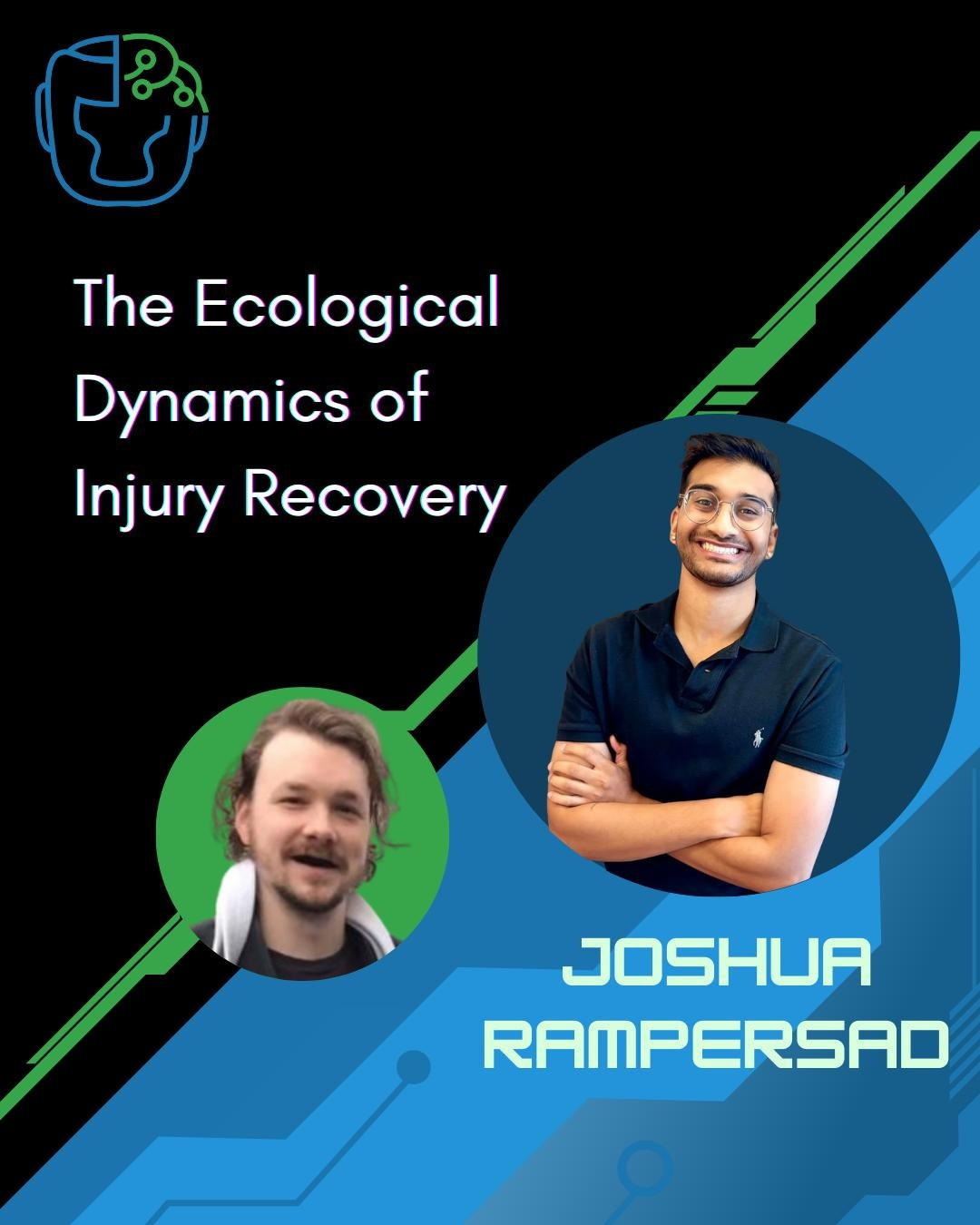

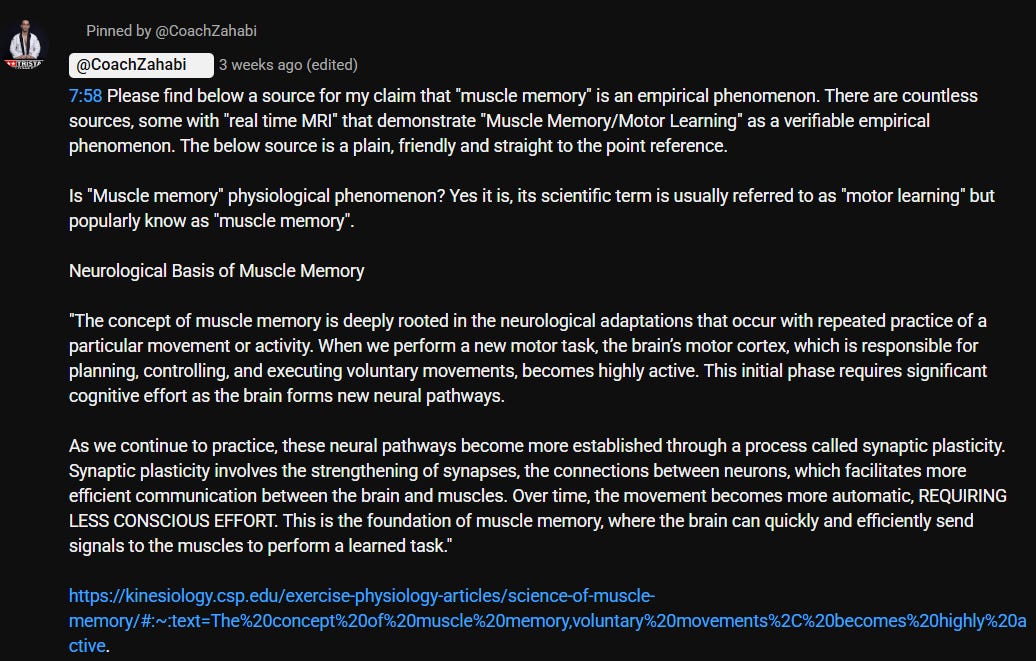
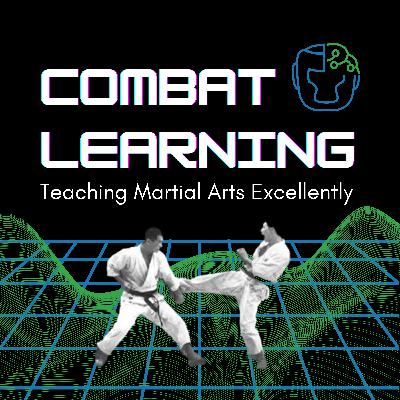
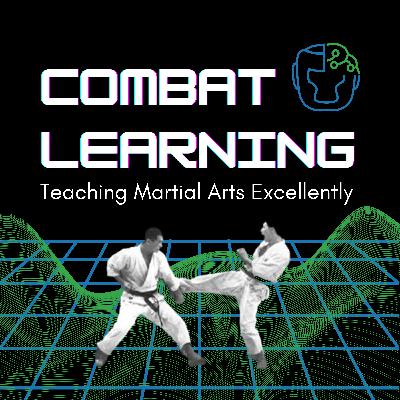

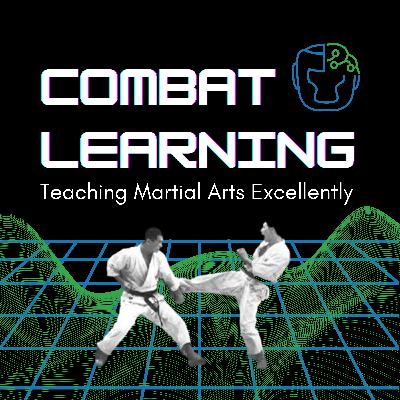

![There are no Eco Games. [Audio] There are no Eco Games. [Audio]](https://substackcdn.com/feed/podcast/2463012/post/150911765/77cf2a100f54d6de0688cc228097809e.jpg)


![Bruce Lee's Tao of Aliveness [Audio Essay] Bruce Lee's Tao of Aliveness [Audio Essay]](https://substackcdn.com/feed/podcast/2463012/post/149183493/16765dfab87551354cd1bcaea178416d.jpg)
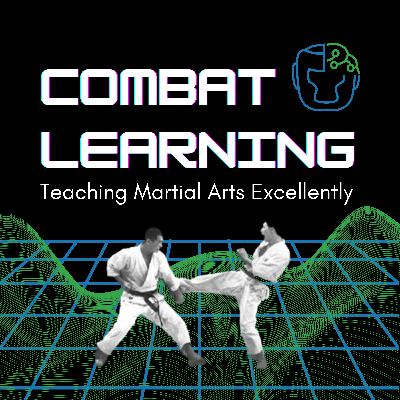
![There is No Perfect Technique. [Audio Essay] There is No Perfect Technique. [Audio Essay]](https://s3.castbox.fm/3a/47/49/7ab9964d8306e4d83e1b3ccd6c4766d669_scaled_v1_400.jpg)
